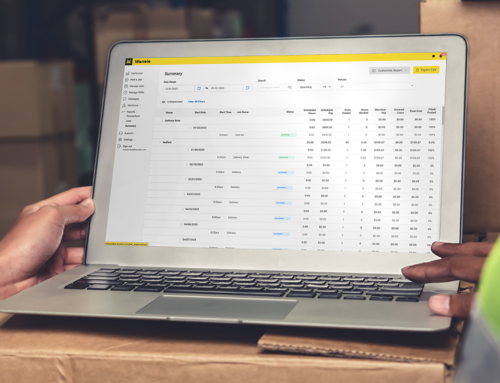Wonolo
As we all know, the world is facing unprecedented times as governments respond to the COVID-19 pandemic. In the United States, all but essential businesses are shut and most states have mandated a shelter in place through the end of April. It is a crisis felt on an economic and personal scale by all Americans. In light of this, on March 27 Congress passed the Coronavirus Aid, Relief, and Economic Security Act — better known as the CARES Act.
The CARES Act is an 800 page document that outlines a hefty stimulus package for the U.S. Economy. It is estimated to be a two trillion dollar injection into the economy. We have outlined the basics you need to know to understand the CARES Act.
Small Business Administration Loans
The Small Business Administration (SBA) implemented four temporary programs to support small businesses as part of the CARES Act.
- Paycheck Protection Program*
- This is a loan that rewards small businesses for keeping workers on their payroll in the midst of the COVID-19 outbreak. Specifically, “SBA will forgive loans if all employees are kept on the payroll for eight weeks and the money is used for payroll, rent, mortgage interest, or utilities.”
- Economic Injury Disaster Loan (EIDL) Advance*
- This is a loan advance of up to $10,000 for small businesses that have temporarily lost revenue. If your business qualifies, this loan advance will not have to be repaid.
- SBA Express Bridge Loans
- This loan is for small businesses who currently have a relationship with an SBA Express Lender to access up to $25,000 quickly.
- SBA Debt Relief
- The SBA will pay the principal, interest, and fees of current 7(a), 504, and microloans for six months (and new microloans issued prior to September 27, 2020).
*Note: as of April 16th, the SBA is no longer accepting new applications for these programs.
Funding for State and Local Governments
The CARES Act established the Coronavirus Relief Fund, a $150 billion fund to support state and local governments across the U.S. Funds may only be used for “expenditures incurred due to the public health emergency with respect to the Coronavirus Disease 2019 (COVID–19).”
This is one of the programs you may be most familiar with from news media coverage. It entails giving $1200 to eligible individuals through the IRS. You are eligible for the full $1200 if you have an adjusted gross income up to $75,000 for individuals and up to $150,000 for married couples.
Treasury Department Programs for Businesses
The Treasury Department is offering a variety of programs to support businesses of all sizes and minimize the economic impact of the COVID-19 outbreak.
- Employee Retention Credit
- This is a 50% credit on up to $10,000 of wages paid or incurred from March 13, 2020 to December 31, 2020. This is available to businesses of all sizes that have been impacted by COVID-19.
- Payroll Tax Deferral
- This is a payroll tax deferral that is available for businesses and self-employed individuals. It defers payment of the employer share of Social Security tax. The payments can be made over the next two years, with half being due by December 31, 2021 and the other half due by December 31, 2022.
- Payroll Support to Air Carriers
- This is specific support for air carriers, cargo air carriers, and related contractors.






